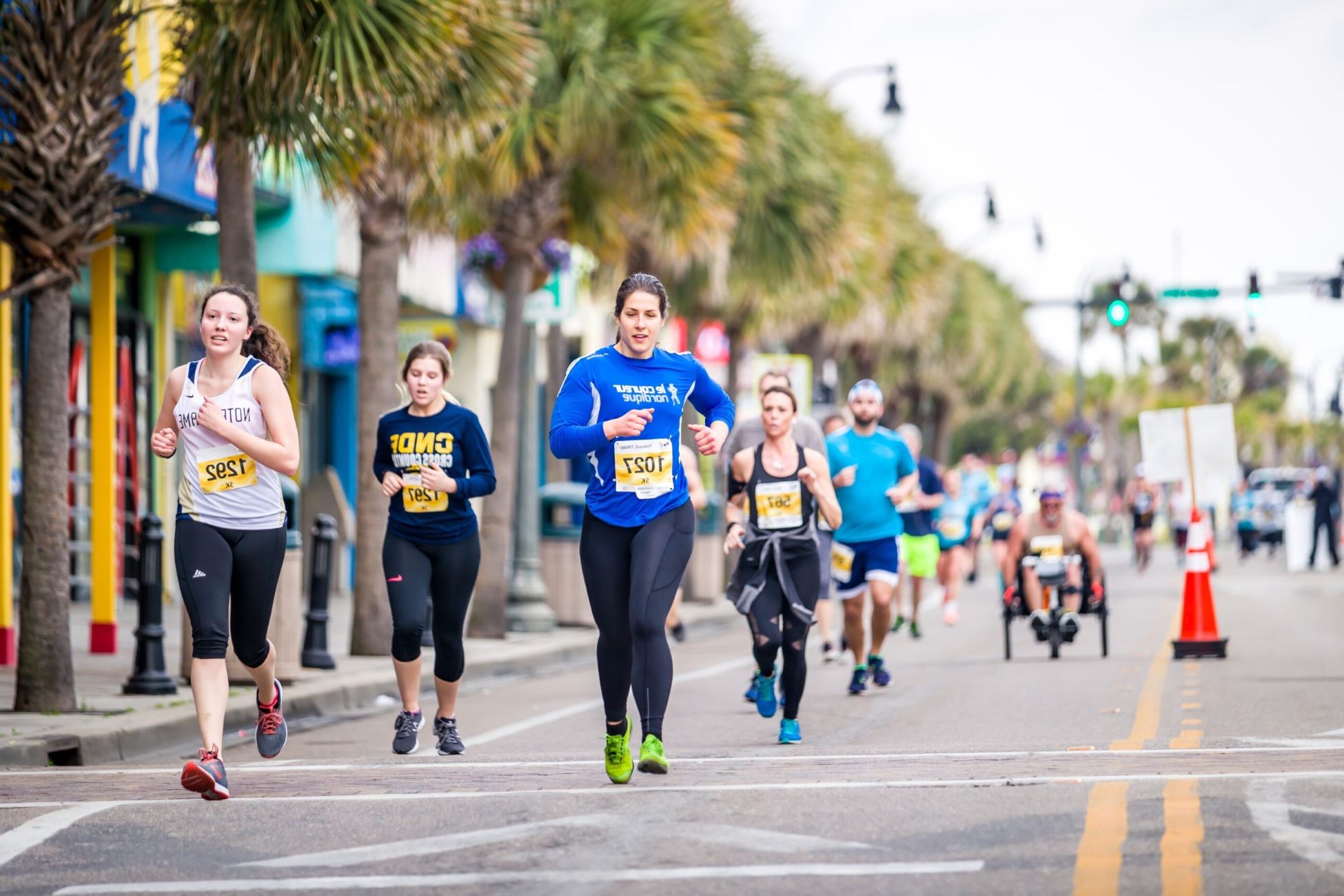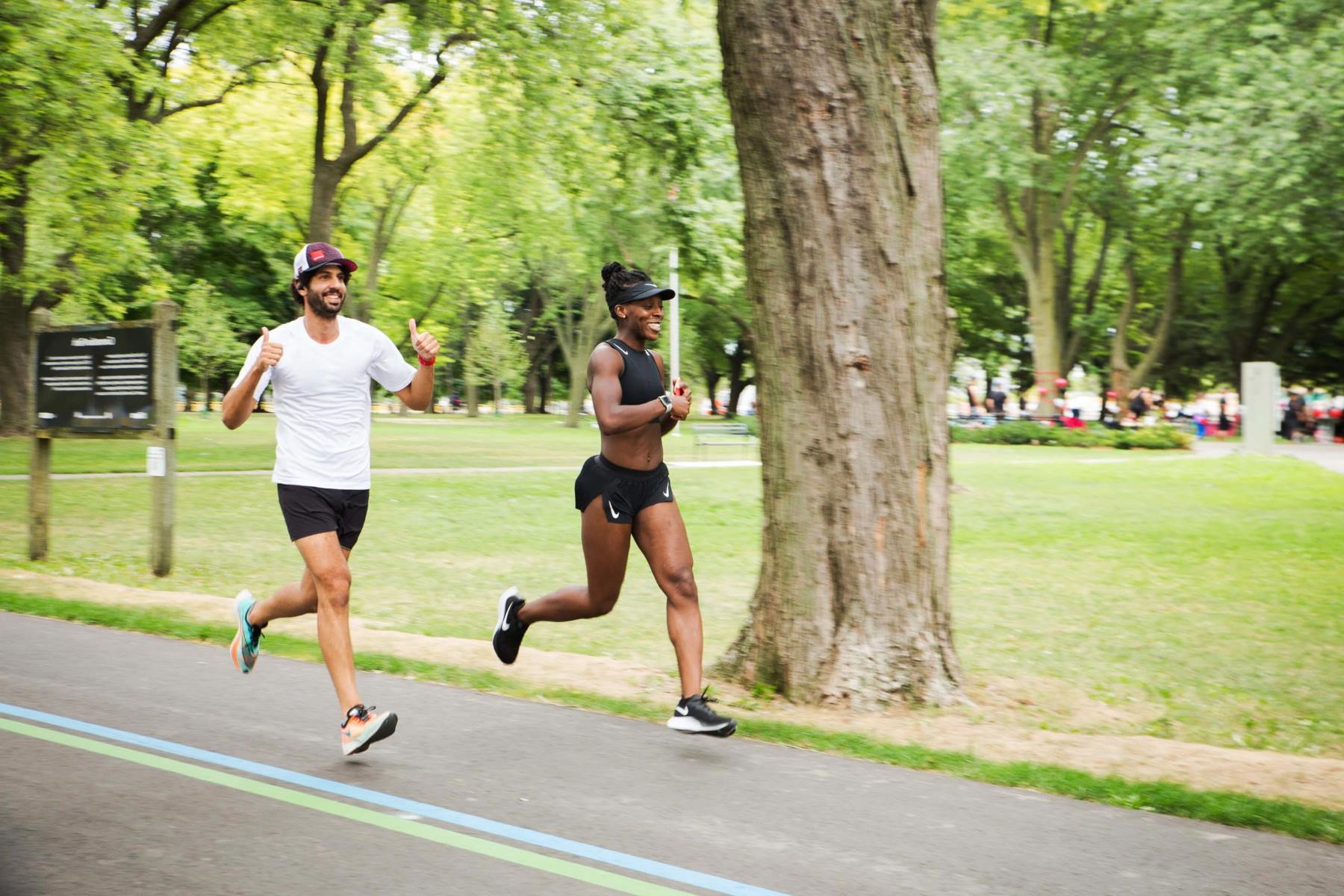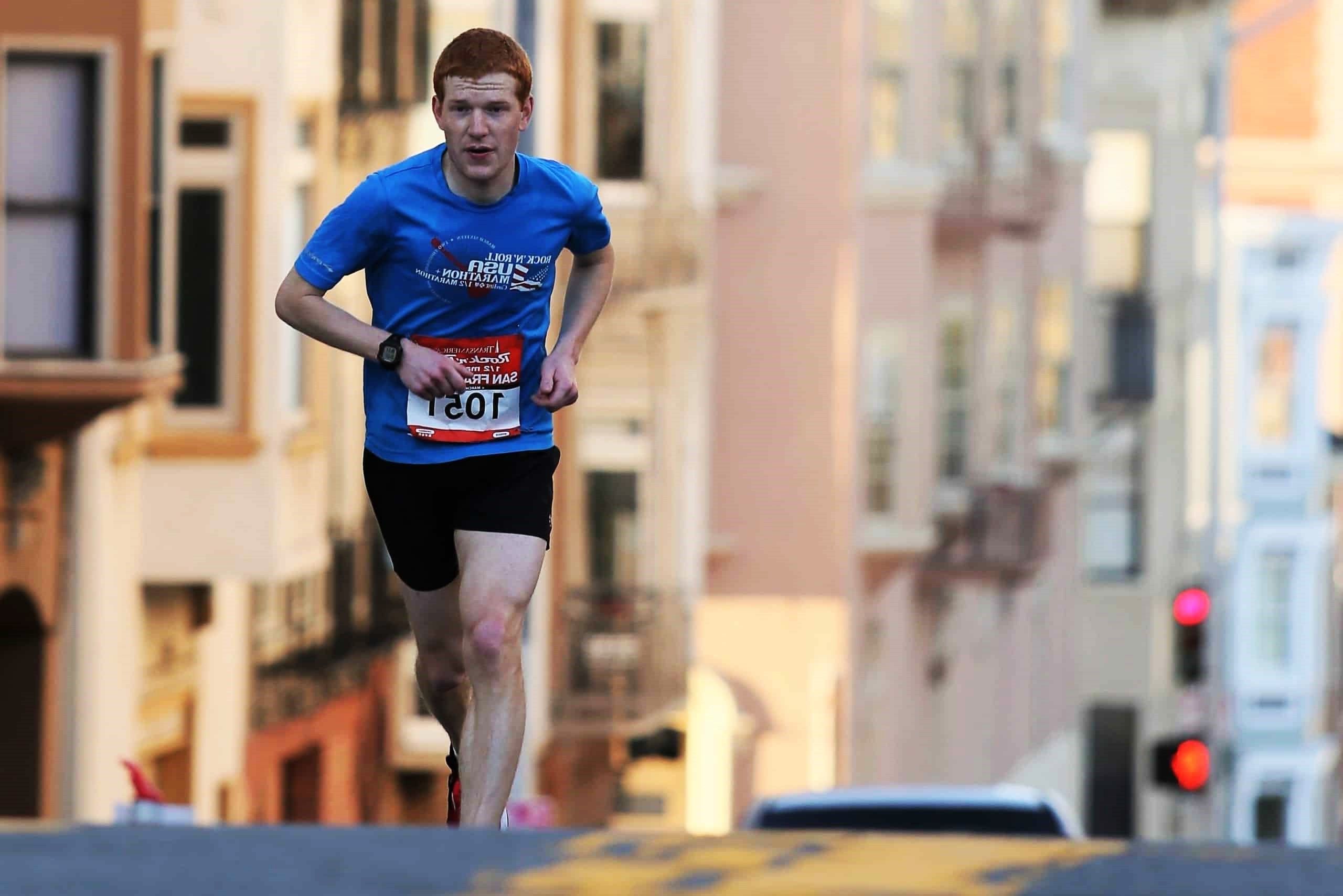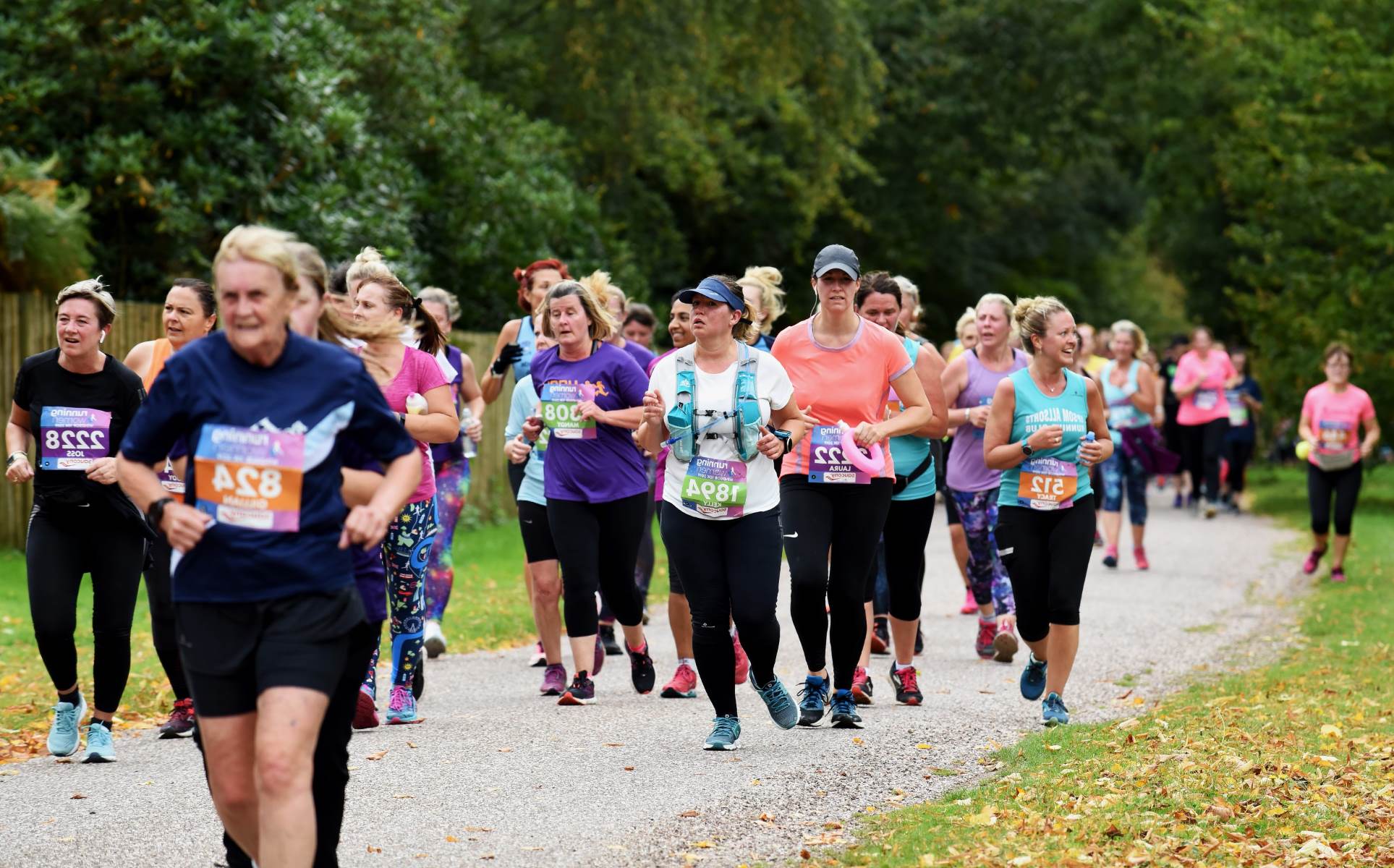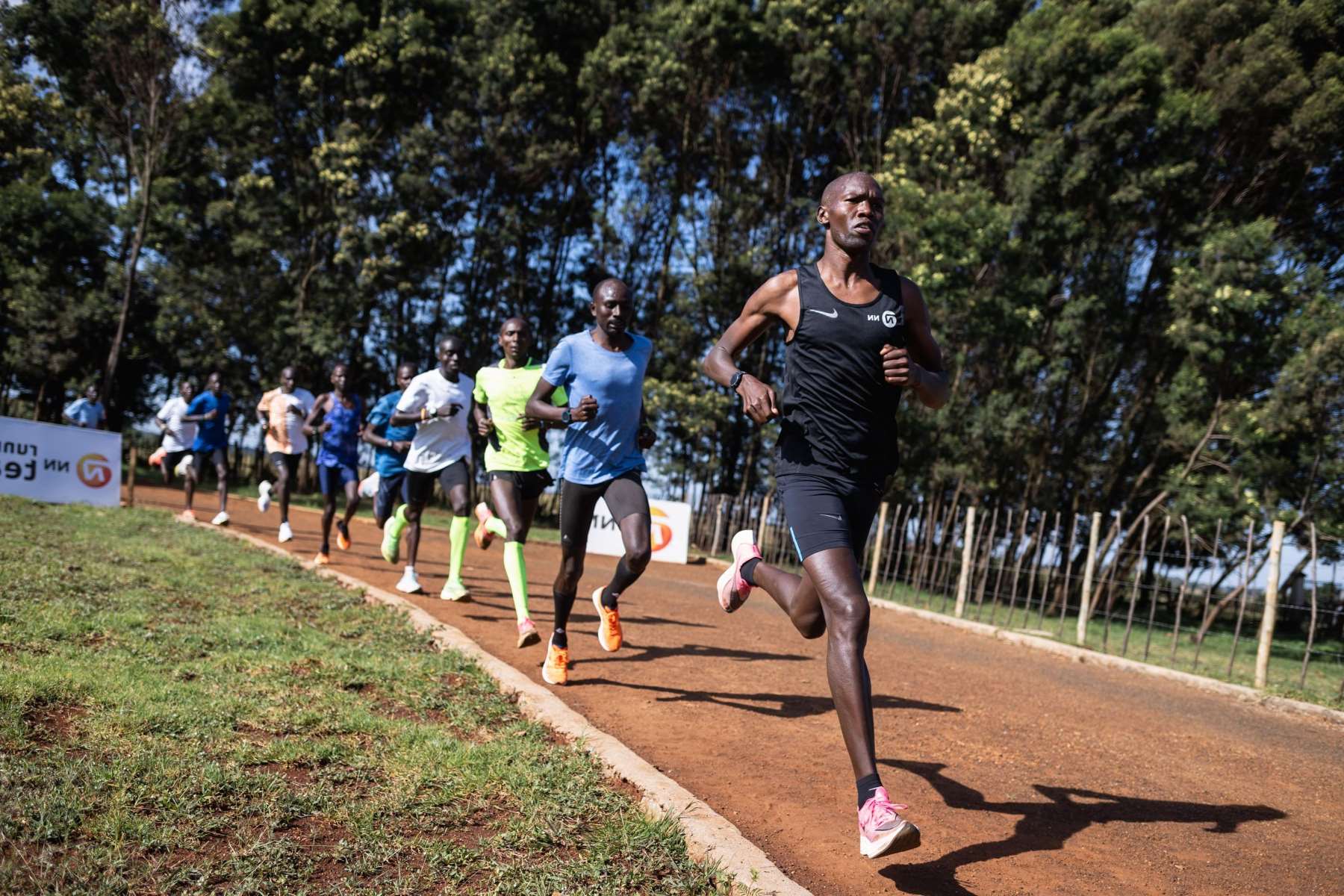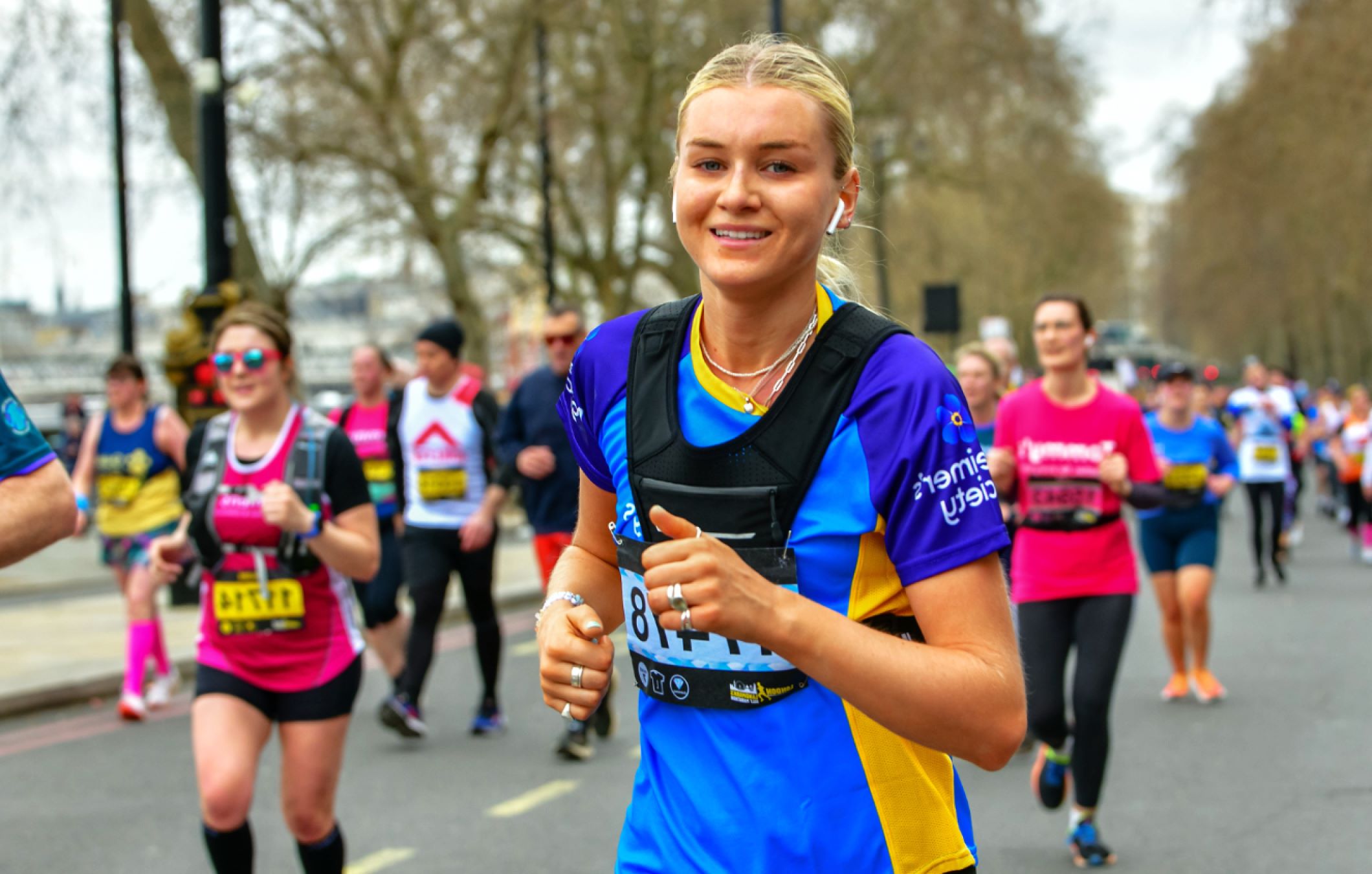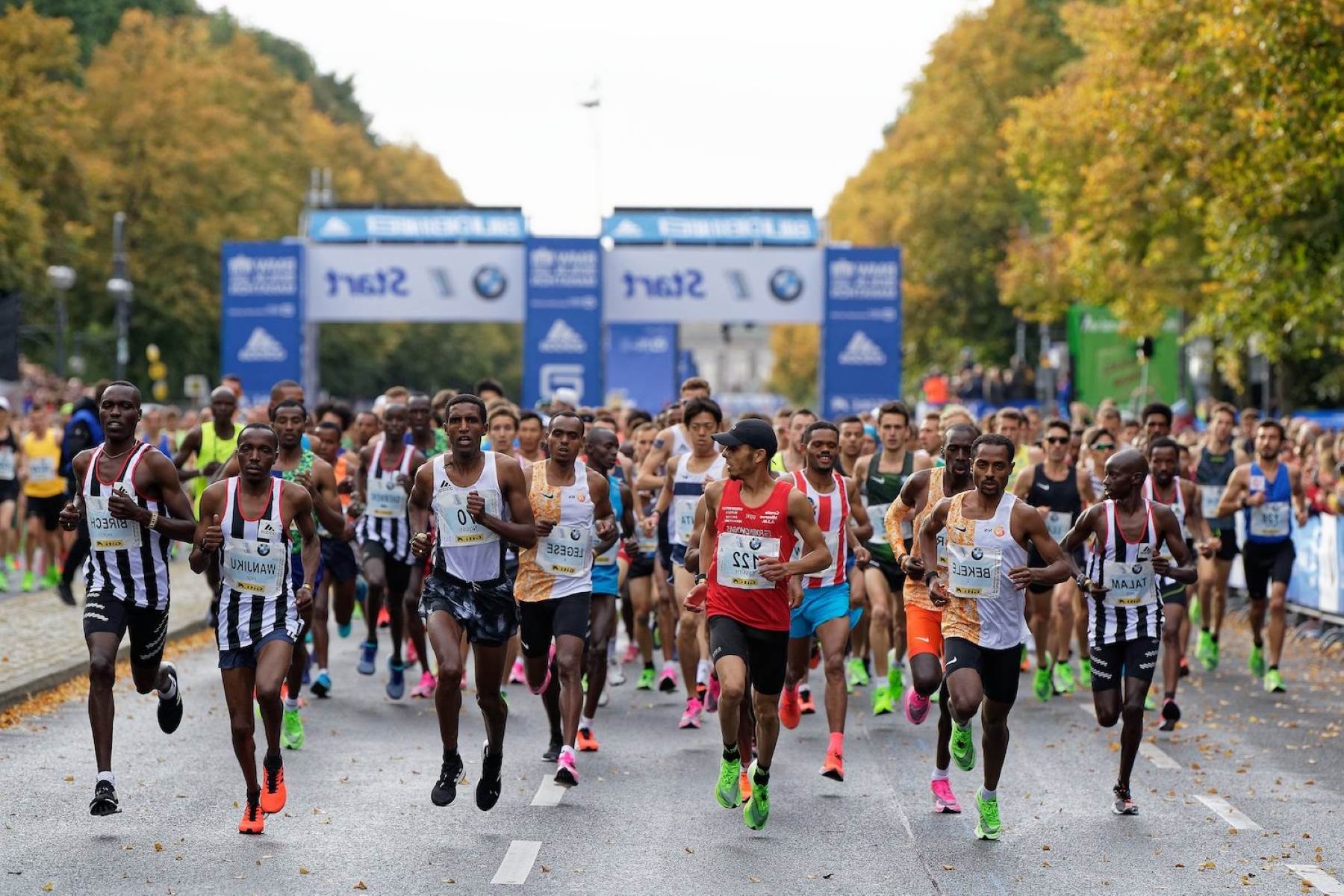Home>Training & Techniques>The Secret To Achieving Your Best 5K Time At A Parkrun: Mastering Pacing


Training & Techniques
The Secret To Achieving Your Best 5K Time At A Parkrun: Mastering Pacing
Published: March 6, 2024
Discover the best training and techniques to master pacing and achieve your personal best 5K time at Parkrun. Unlock the secrets to success with expert tips and strategies.
(Many of the links in this article redirect to a specific reviewed product. Your purchase of these products through affiliate links helps to generate commission for Therunningadvisor.com, at no extra cost. Learn more)
Table of Contents
The Importance of Pacing in a 5K Parkrun
Pacing is a critical element in achieving success during a 5K Parkrun. Whether you're a seasoned runner or a novice, understanding the significance of pacing can make a substantial difference in your performance. Parkruns, typically held in picturesque park settings, attract a diverse range of participants, from casual joggers to competitive athletes. Regardless of your running background, mastering the art of pacing is essential for a fulfilling and successful Parkrun experience.
Pacing involves maintaining a consistent speed throughout the race, ensuring that you distribute your energy effectively to cover the entire 5 kilometers. It's not just about starting strong; it's about finding a sustainable rhythm that allows you to finish with a sense of accomplishment. By pacing yourself appropriately, you can avoid the common pitfall of starting too fast and burning out before the finish line.
In a 5K Parkrun, pacing is particularly crucial due to the relatively short distance. Unlike longer races where there may be more room for strategic adjustments, the margin for error in a 5K is slim. Deviating from an optimal pace, even by a small margin, can significantly impact your overall time and performance.
Effective pacing also plays a pivotal role in preventing early fatigue and minimizing the risk of injury. By maintaining a steady pace, you can conserve energy and reduce the likelihood of experiencing muscle fatigue or strain. This not only enhances your performance during the race but also contributes to your overall well-being and enjoyment of the event.
Furthermore, pacing is closely linked to mental resilience. It requires discipline and self-awareness to gauge your capabilities and push yourself without overexertion. By mastering pacing, you can cultivate mental fortitude, which is invaluable in overcoming challenges and pushing through moments of discomfort during the Parkrun.
In essence, pacing is the cornerstone of a successful 5K Parkrun. It empowers you to optimize your performance, minimize physical strain, and foster mental endurance. By recognizing the importance of pacing and honing this skill, you can elevate your Parkrun experience and consistently achieve your best 5K time.
Read more: Improve Your 5K Speed With This Workout
Understanding Your Body's Limits and Capabilities
Understanding your body's limits and capabilities is fundamental to mastering pacing during a 5K Parkrun. Each individual possesses unique physiological traits and fitness levels that directly influence their running performance. By gaining insight into your body's intricacies, you can tailor your pacing strategy to align with your specific strengths and limitations.
First and foremost, it's essential to recognize that every runner has a distinct aerobic capacity and anaerobic threshold. Aerobic capacity refers to the maximum amount of oxygen your body can utilize during exercise, while the anaerobic threshold represents the point at which your body transitions from predominantly aerobic to anaerobic energy production. Understanding these physiological markers enables you to gauge your sustainable pace and make informed decisions regarding your speed and intensity throughout the Parkrun.
Additionally, being attuned to your body's biomechanics and running form is crucial. Factors such as stride length, cadence, and foot strike pattern can significantly impact your running efficiency and susceptibility to fatigue or injury. By honing your awareness of these biomechanical elements, you can optimize your pacing to leverage your strengths and mitigate potential weaknesses, ultimately enhancing your overall performance.
Furthermore, acknowledging your body's recovery capabilities is paramount. Recovery plays a pivotal role in your ability to maintain consistent pacing and endure the demands of a 5K Parkrun. Understanding your recovery threshold allows you to gauge the intensity of your training sessions leading up to the event, ensuring that you strike a balance between pushing your limits and allowing adequate time for recuperation.
Moreover, recognizing the influence of external factors, such as weather conditions and terrain, on your body's performance is essential. Adapting your pacing strategy to account for variables like heat, humidity, or hilly terrain can help you navigate the challenges posed by the environment and optimize your overall race experience.
In essence, understanding your body's limits and capabilities is a multifaceted endeavor that encompasses physiological, biomechanical, and environmental factors. By delving into the intricacies of your body's unique attributes, you can tailor your pacing approach to harmonize with your individual strengths and constraints, ultimately maximizing your potential for success during a 5K Parkrun.
Strategies for Mastering Pacing During a Parkrun
Mastering pacing during a Parkrun involves a strategic approach that encompasses various elements to optimize your performance and overall experience. By implementing the following strategies, you can elevate your pacing proficiency and achieve your best 5K time with confidence.
1. Establish a Realistic Race Plan
Begin by formulating a realistic race plan that aligns with your current fitness level and running capabilities. Assess your recent training performances and set achievable pacing goals based on your personal records and training insights. By establishing a clear race plan, you can avoid the temptation to start too fast and ensure a sustainable pace throughout the Parkrun.
2. Leverage Technology for Pace Monitoring
Utilize modern running technology, such as GPS-enabled watches or smartphone apps, to monitor your pace and maintain consistency. These tools provide real-time feedback on your speed, allowing you to make immediate adjustments if you veer off your target pace. By leveraging technology for pace monitoring, you can fine-tune your pacing strategy and optimize your performance during the Parkrun.
Read more: Expert Tips For Running A Sub 20 5k
3. Practice Negative Splits
Negative splitting involves running the second half of the race at a faster pace than the first half. This strategy promotes a controlled start and enables you to finish strong, capitalizing on your reserved energy. By practicing negative splits, you can harness your endurance and mental resilience, ultimately enhancing your overall pacing proficiency.
4. Focus on Breathing and Rhythm
Maintain a focus on your breathing and rhythm throughout the Parkrun to sustain a steady pace. Consistent and controlled breathing patterns contribute to efficient oxygen utilization and help regulate your exertion levels. By syncing your breathing with your stride rhythm, you can establish a harmonious cadence that supports optimal pacing and endurance.
5. Embrace Strategic Walk Breaks
Incorporate strategic walk breaks into your pacing strategy, especially during challenging segments of the course. Brief intervals of walking can provide momentary relief while allowing you to recalibrate your pace and conserve energy for subsequent stretches. Embracing strategic walk breaks strategically can contribute to a more sustainable and effective pacing approach.
6. Mental Engagement and Focus
Cultivate mental engagement and unwavering focus during the Parkrun to uphold your pacing strategy. Stay attuned to your internal dialogue and maintain a positive mindset, reinforcing your commitment to pacing discipline. By fostering mental resilience and focus, you can navigate potential distractions and uphold your pacing strategy with unwavering determination.
By integrating these strategies into your approach, you can elevate your pacing mastery and consistently achieve your best 5K time during a Parkrun. Each strategy contributes to a holistic pacing framework that encompasses physical, mental, and strategic elements, empowering you to optimize your performance and embrace the exhilarating challenge of a 5K Parkrun.
Tips for Consistently Achieving Your Best 5K Time
Consistently achieving your best 5K time demands a comprehensive approach that encompasses training, race-day preparation, and mental fortitude. By integrating the following tips into your running regimen, you can optimize your performance and strive for continual improvement in your 5K Parkrun endeavors.
-
Structured Training Plan: Implement a structured training plan that incorporates a balanced mix of speed work, endurance runs, and recovery sessions. By diversifying your training regimen, you can enhance your overall fitness, build endurance, and improve your speed, laying a solid foundation for achieving your best 5K time.
-
Progressive Overload: Gradually increase the intensity and volume of your training to stimulate continuous improvement. Embrace the principle of progressive overload to challenge your body and adapt to higher levels of exertion, ultimately enhancing your running performance and speed.
-
Interval Training: Integrate interval training into your workouts to enhance your speed and cardiovascular capacity. Alternating between high-intensity bursts and recovery periods can elevate your anaerobic threshold, enabling you to sustain a faster pace during the 5K Parkrun.
-
Mindful Nutrition: Prioritize mindful nutrition to fuel your body for optimal performance. Consume a balanced diet rich in complex carbohydrates, lean proteins, and healthy fats to support your training and race-day endeavors. Additionally, stay adequately hydrated to maintain peak physical condition.
-
Strategic Rest and Recovery: Embrace strategic rest and recovery periods to allow your body to adapt and recuperate from training stress. Adequate sleep, active recovery techniques, and scheduled rest days are essential for preventing burnout and optimizing your physical readiness for the Parkrun.
-
Race-Day Preparation: Familiarize yourself with the Parkrun course and develop a race-day strategy that aligns with your pacing goals. Arrive at the event well-prepared with appropriate attire, nutrition, and hydration, ensuring that you are primed for peak performance.
-
Positive Visualization: Engage in positive visualization to mentally rehearse your race and envision achieving your best 5K time. Cultivate a positive and confident mindset, visualizing yourself maintaining a strong and consistent pace throughout the Parkrun, ultimately reinforcing your belief in your capabilities.
-
Community Support: Surround yourself with a supportive running community or training partners who can provide encouragement, accountability, and camaraderie. Sharing your running journey with like-minded individuals can foster motivation and a sense of collective achievement.
By integrating these tips into your training and race-day preparations, you can cultivate a holistic approach to consistently achieving your best 5K time. Each tip contributes to a multifaceted framework that addresses physical, nutritional, and psychological aspects, empowering you to pursue continuous improvement and fulfillment in your 5K Parkrun pursuits.
The Mental Aspect of Pacing and Performance in a Parkrun
The mental aspect of pacing and performance in a Parkrun encompasses a profound interplay between mindset, resilience, and focus. As runners embark on the exhilarating challenge of a 5K Parkrun, their mental fortitude plays a pivotal role in shaping their pacing strategy and overall performance.
Mental resilience is a cornerstone of successful pacing during a Parkrun. It involves cultivating a steadfast determination and unwavering focus that empowers runners to uphold their pacing discipline, especially when faced with physical exertion and moments of discomfort. By fostering mental resilience, runners can navigate the ebb and flow of the race, maintaining a consistent pace and pushing through challenging segments with unwavering determination.
Furthermore, the mental aspect of pacing extends to the art of self-regulation and emotional composure. It requires runners to attune themselves to their internal dialogue, acknowledging any self-limiting beliefs or doubts that may arise during the Parkrun. By embracing a positive and resilient mindset, runners can counteract negative thoughts and channel their mental energy towards sustaining their desired pace, ultimately bolstering their performance and sense of accomplishment.
Moreover, the mental aspect of pacing encompasses the ability to adapt and recalibrate in real-time. As runners progress through the Parkrun, they encounter varying terrain, weather conditions, and physical sensations. The capacity to adjust pacing strategies on the fly, while maintaining mental composure, is instrumental in optimizing performance and navigating unforeseen challenges with agility and determination.
In addition, the mental aspect of pacing intertwines with the concept of intrinsic motivation and goal orientation. Runners who cultivate a clear sense of purpose and intrinsic drive are better equipped to sustain their pacing efforts, drawing upon their inner resolve to propel them towards their performance objectives. By aligning their mental focus with their pacing goals, runners can harness a profound sense of determination that fuels their journey towards achieving their best 5K time.
Ultimately, the mental aspect of pacing and performance in a Parkrun is a dynamic and multifaceted dimension that transcends physical exertion. It encompasses the cultivation of mental resilience, emotional composure, adaptability, and intrinsic motivation, all of which converge to shape a runner's pacing strategy and overall experience during the 5K Parkrun. By embracing the mental intricacies of pacing, runners can elevate their performance, conquer personal barriers, and embark on a fulfilling journey of self-discovery and achievement.

